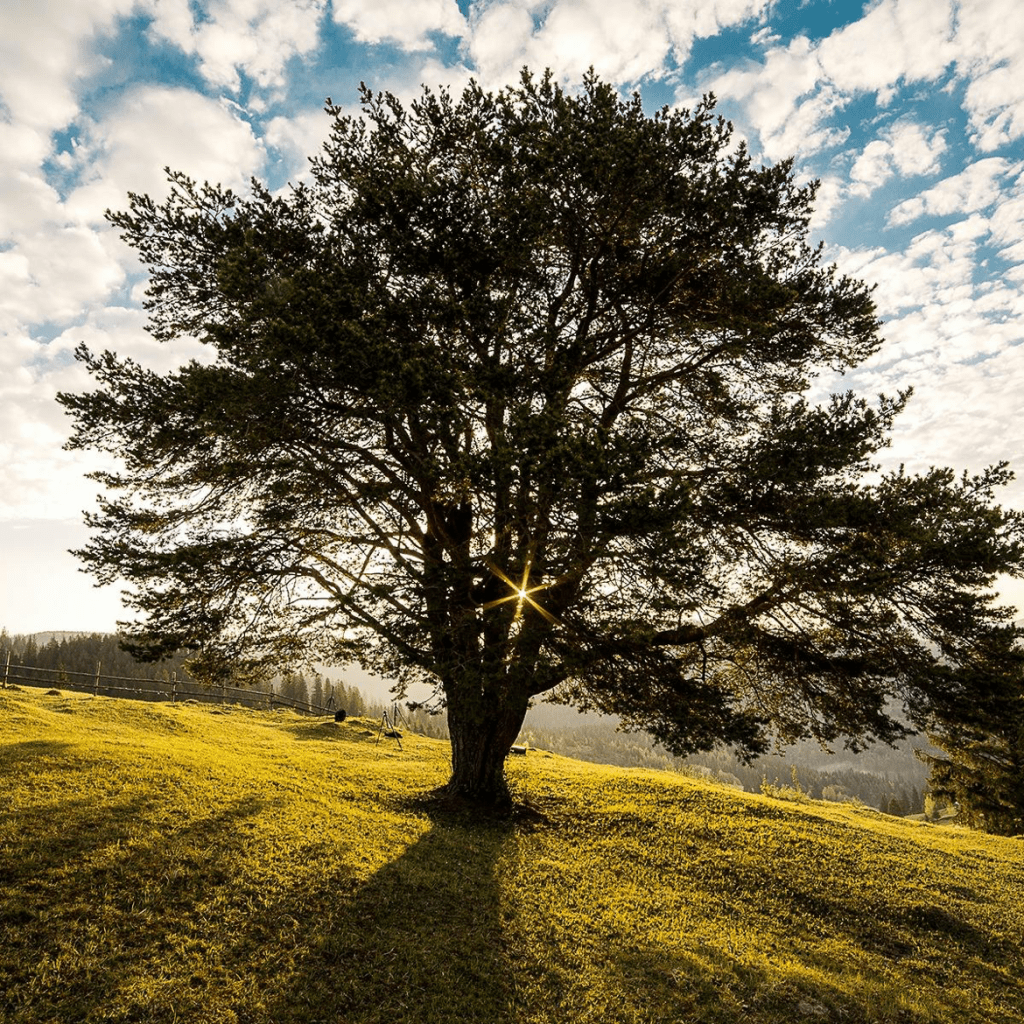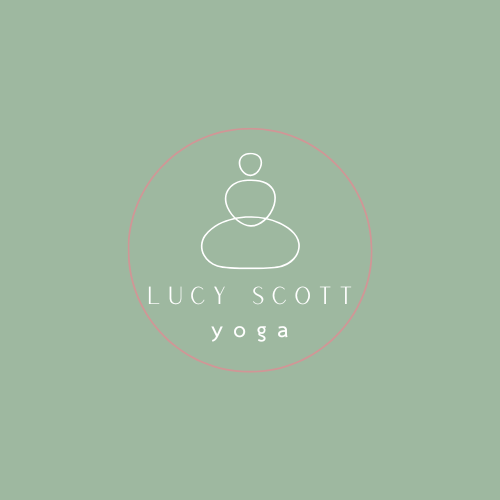
The Eight Limbs of Ashtanga Yoga
Yoga is like a tree with eight branches and each branch, or each limb, is a different aspect and ‘yoga’ (which means ‘union’ or ‘to yoke’) brings them all together. Yoga is more than moving through the physical postures; we yoke the poses with meditation, breath, and the other limbs to create meaningful lives.
I want to caveat this post with the note that I am not perfect. I have days where I live in flow with the Eight Limbs and some days I really do not. I’m a flawed human, a flawed yoga student, but I try. And that’s what I always encourage.
So, we begin with our first branch:
Limb 1: The Yamas
The ethical restraints or moral vows we decide to live by; or our impact on the world around us. There are five Yamas (so five further branches off the main branch):
- Ahimsa – non-violence
- Satya – truthfulness or non-lying
- Asteya – non-stealing
- Brahmacharya – right use of energy
- Aparigraha – non-greed/non-hoarding
Limb 2: The Niyamas
Looking inwards to ourselves, these are positive observances or duties. Like the Yamas, there are five Niyamas:
- Saucha – cleanliness
- Santosha – contentment
- Tapas – discipline
- Svadhyaya – self-study
- Isvarapranidaha – surrender to a higher power
Limb 3: Asana
The physical aspect of yoga: the postures. Asana means ‘seat’ and it refers to the poses the ancient yogis used to practice to prepare their bodies for sitting in meditation. In the original yogic texts, there were only 11 postures, most of them grounded poses such as Lotus or Staff pose. Later, Hatha yoga brought many new physical poses into the practice. In this limb, we practice self-control, stability, and ease of mind.
Limb 4: Pranayama
Breathing techniques or controlling the movement of breath. Like asana, pranayama is very common in modern yoga classes (Vinyasa, for example, is the flow of movement synced with breath), but in the original texts pranayama was only referred to in five of the verses. As the practice developed, however, it was seen as a method of purifying the mind and helping to “clear the mental residue” or fog away.
Prana means energy or lifeforce and, without doubt, the breath is a powerful lifeforce. Simple changes to it can influence how we practice and how we feel throughout the day. For example, just a few rounds of deep breaths before a stressful work meeting or stuck in traffic can help find release and calmness.
Limb 5: Pratyahara
Referred to as ‘sense withdrawal’, Pratyahara can be broken down into two: Pratya meaning ‘to withdraw’ or ‘draw in’, and ahara referring to anything we might take in. In a world constantly overloaded with sounds, smells, tastes and media images, Pratyahara encourages us to turn away and draw inwards.
We can sometimes experience this in our Asana practice when we enter the ‘flow state’ and thoughts from the outside world slow down or even stop entirely: all we think about is our bodies and our breath.
Limb 6: Dharana
Focused concentration or “the binding of the mind to a place.” Closely linked to the previous and next limb, this is where we begin our meditation: it’s the initial moment of concentration. For example, maybe you like to watch your breath to focus your mind, or maybe you use a mantra such as OM. I quite like to watch a stick of incense burning to quieten my thoughts and start to focus my concentration.
It’s hard to quieten the mind: it’s constantly trying to find ways to distract us! However, with practice we start to withdraw our senses, and build up our ability to focus and concentrate.
Limb 7: Dhyana
Meditation: this is where we are absorbed by our meditation. Rather than having moments of concentration (Dharana), our meditative state is now continuous and sustained.
Limb 8: Samadhi
“There is no wave without the water. There is no separate reality somewhere, separate from the ocean itself, that produces the wave that then gets supplanted into the water, resulting in its wavering. Waves rise, stay for a moment, crest, then subside. When they subside, they return to the sea from whence they came. There is no separate reality out there where finished waves go to live (or die).”
From Yog and I, by one of my wonderful teachers, Hali Schwartz
Samadhi, bliss or enlightenment, is the final limb and the final step of the journey. When we reach a state of Samadhi we have reached the realisation of oneness: it’s the end of ignorance (ignorance being ego, or the idea that we are all separate). In enlightenment we let go of division and see that the wave was never not part of the ocean: we are liberated.
Did you find this post interesting? Join a class or workshop to learn more about yoga philosophy.
Category: Ashtanga Yoga, Yoga Philosophy
